Audi has announced three new projects with city governments in the US and Mexico as part of its mission to ensure that “individual mobility” in the form of car use is not designed out of the new cities of the future.
The three projects include tackling congestion and reducing the space given over to parking.
Rupert Stadler, Audi’s CEO, told a gathering at November’s Smart City Expo in Barcelona that “no smart city could work without smart mobility”.
Audi’s own experts expect around 70% of the world’s population to be living in cities within 20-30 years and say future cars will have to be able to “intelligently” interact with their surroundings, including city infrastructure.
“Mobility is a core element of urban life, but some people don’t regard the car as a part of the smart city,” said Stadler. “But individual mobility is a source of social benefits.”
He said he hoped Audi’s drive for much more “intelligent” cars would be something that other car makers also embraced. “We appreciate competition, but [in this case] co-operation will be smarter than competition,” he said.
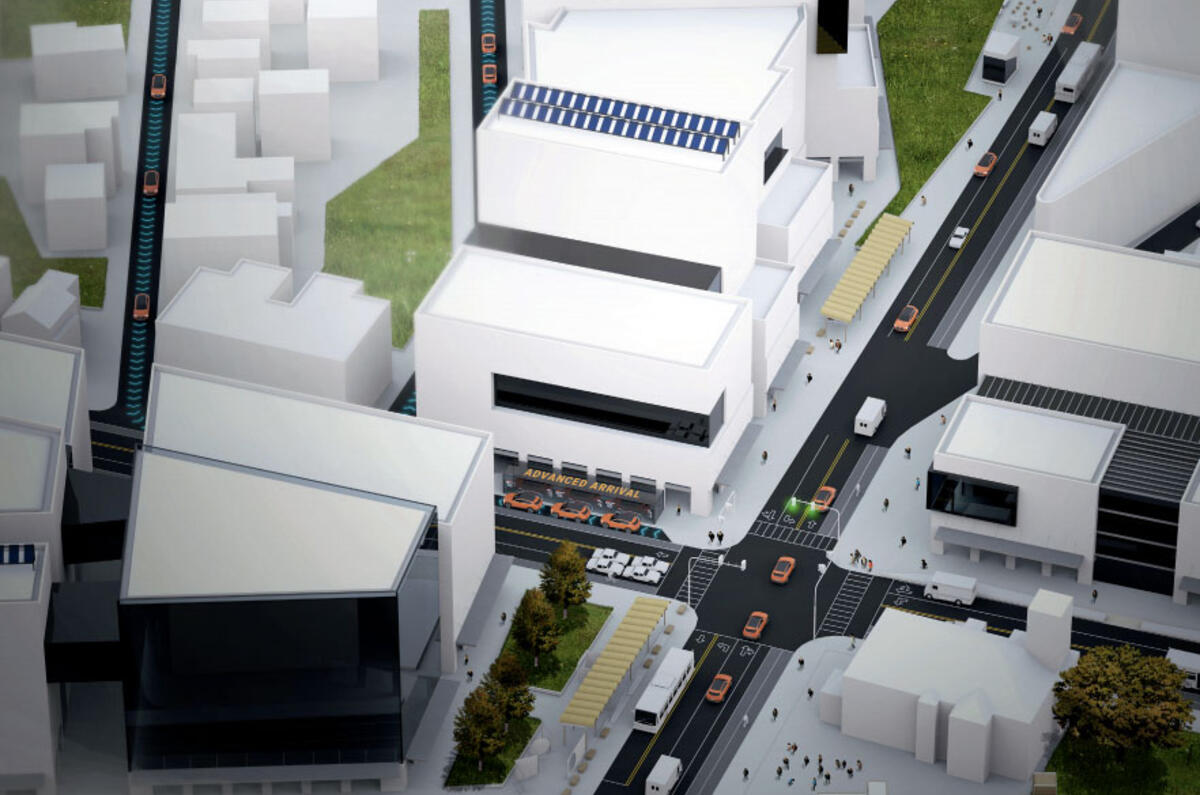
The 360HERE map database will be offered to other car makers, Stadler said. Audi, BMW and Daimler recently clubbed together to buy Nokia’s mapping arm as part of the shift towards intelligent mobility.
The purchase is seen as significant because car makers that join the 360HERE framework will not have to rely on commercial third parties such as Google for location information.
Warming to his theme of keeping the car relevant in the mega-cities of the future, Stadler also floated the possibility that future roads could have “tidal wave” lane allocation, with more lanes being allocated to traffic heading into the city in the mornings and the opposite in the evening. He suggested that such a technique could help to reduce the overall number of lanes and road space needed.
Audi is also pushing to establish a legal framework and common standard for cars to be able to communicate with infrastructure such as traffic lights, parking areas and even local lighting equipment.
Stadler said the company is working with Deutsches Institut für Normung (DIN, the German Standards Institute), as well as a number of German universities and city authorities, on a new specification that will be known as DIN SPEC 91340.
Stadler said 91340 will “be presented to the public” in mid-2016. The company clearly hopes the standard for connected cars will then be adopted by the wider car industry, which would then ensure city planners would adopt the same standard so vehicles will be able to ‘talk’ to connected city infrastructure.
Audi looks to tackle parking and traffic flow in Boston project
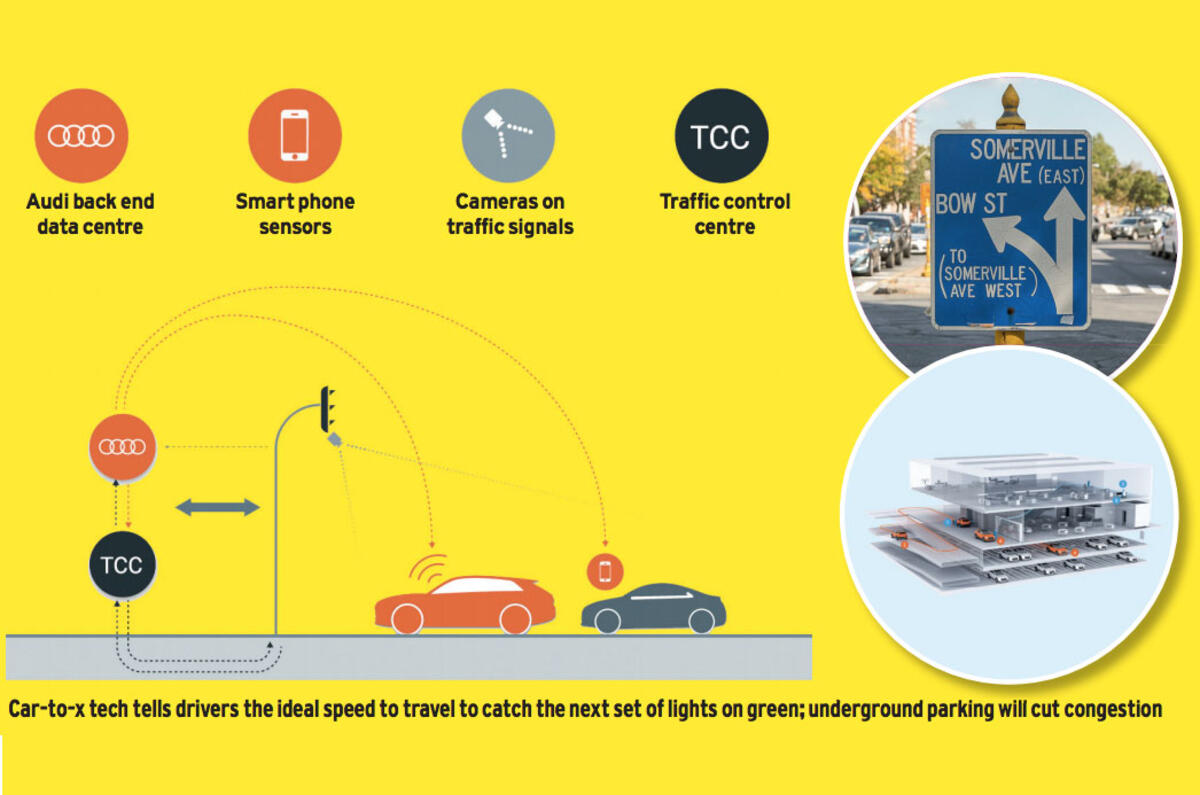
Two of Audi’s urban projects are based in the Somerville district of Boston in the US, which is undergoing a major revamp. One is ‘Audi parking pilot’, which will use Audis as a car-sharing fleet for residents of the new districts.
These cars can also selfpark, allowing the parking spaces and the car park itself to occupy around 25% less space than a conventional car park. Further into the future, if all the cars in use can park autonomously, the car parking space could take up just 38% of that of a conventional car park. The spaces could also incorporate induction charging plates for use with electric vehicles.
Audi’s vision also encourages the use of underground parking, something that is rare in the US. Development rules in the US mean that provision for parking can take up to 50% of the space in a new development, which potentially costs property development companies significant sums because parking spaces deliver no financial return.
Incorporating Audi’s smart parking schemes in Somerville could reduce the space given over to car parking by 60%, according to Somerville mayor Joseph Curatone.
The second Audimasterminded scheme will be based around Somerville’s Union Square area and aims to reduce traffic volumes and congestion by smoothing traffic flow and directing cars to empty parking spaces. Audi says its own experts have been to study traffic flows in the area.
In the near future, Audi wants to use its new ‘car-to-x’ technology. This includes ‘traffic light information online’, which has such features as showing drivers the ideal speed to ensure the next set of the traffic lights is on green.
The claim is that if car parking shifts at least partly underground, the number of cars parked on streets and the number of cars drivingaround looking for parking spaces will be effectively eliminated. This would also allow some 20% of the existing roads in Union Square to either be made smaller or handed over to pedestrians and public transport.
The company says it also wants to work with Somerville to build an all-new central traffic management system, which could “improve traffic flow speed by 20% to 50%”, reducing tailbacks at intersections.
Eventually, says Gerhard Stanzl, head of big data at Audi, future cities will be able to control traffic light phasing and traffic management dynamically.
New Audi project in Mexico City seeks answers for commuters

Audi is running an intelligent time management project in the Santa Fe district of Mexico City. The company says Mexico City is home to 22 million people and nine million cars. Commuters to the Santa Fe business district have an average return trip time of around three hours per day and an average speed of less than 4mph.
Futurologists claim the new generation of workers — born between 1980 and 2000 and known as millennials — are unwilling to spend such a large portion of the day in traffic and this could result in businesses pulling out of the Santa Fe area altogether.
A study by Harvard professor and architect Jose Castillo found that 63% of commuters use their own car and 87% say they would car share, even though average vehicle occupancy is only 1.2 people per car.
The Audi project will look at the possibility of staggered start times at the local businesses and whether Audi could provide a ‘premium car-sharing service’ for managers. Audi said it hopes the Santa Fe project could, eventually, provide answers for other badly clogged cities around the world.

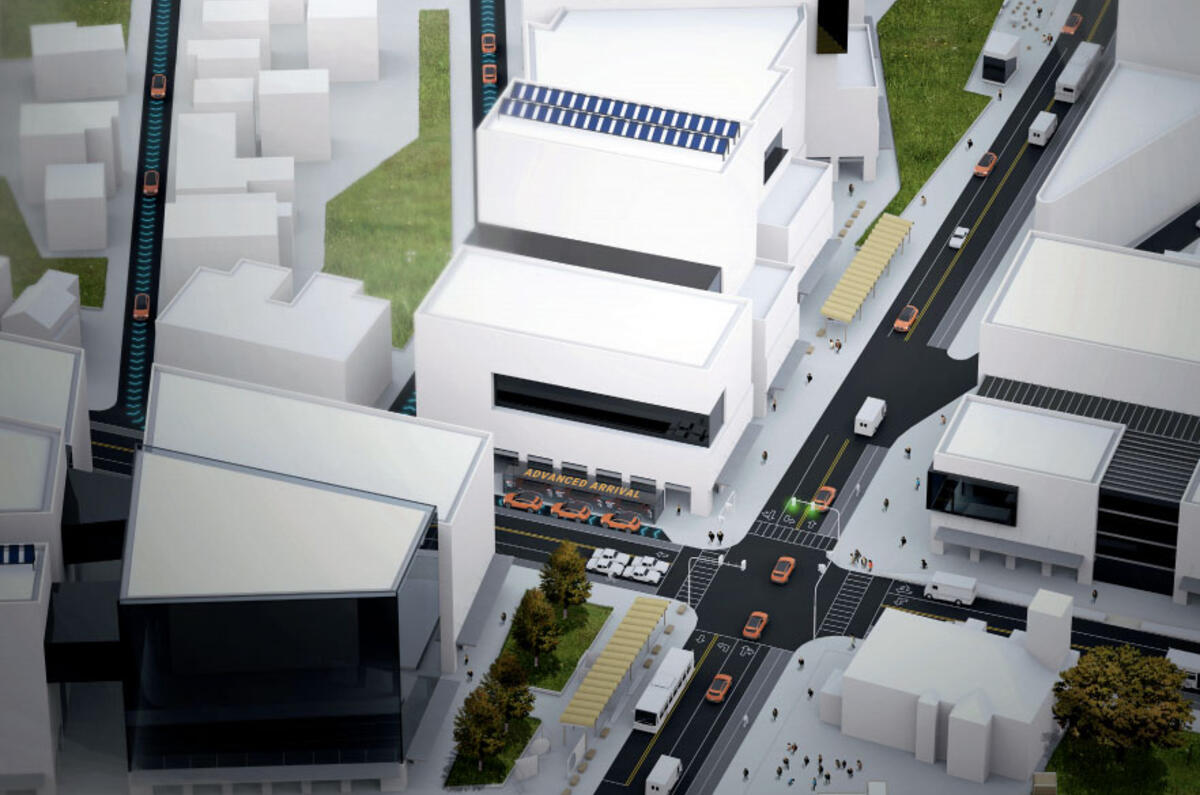
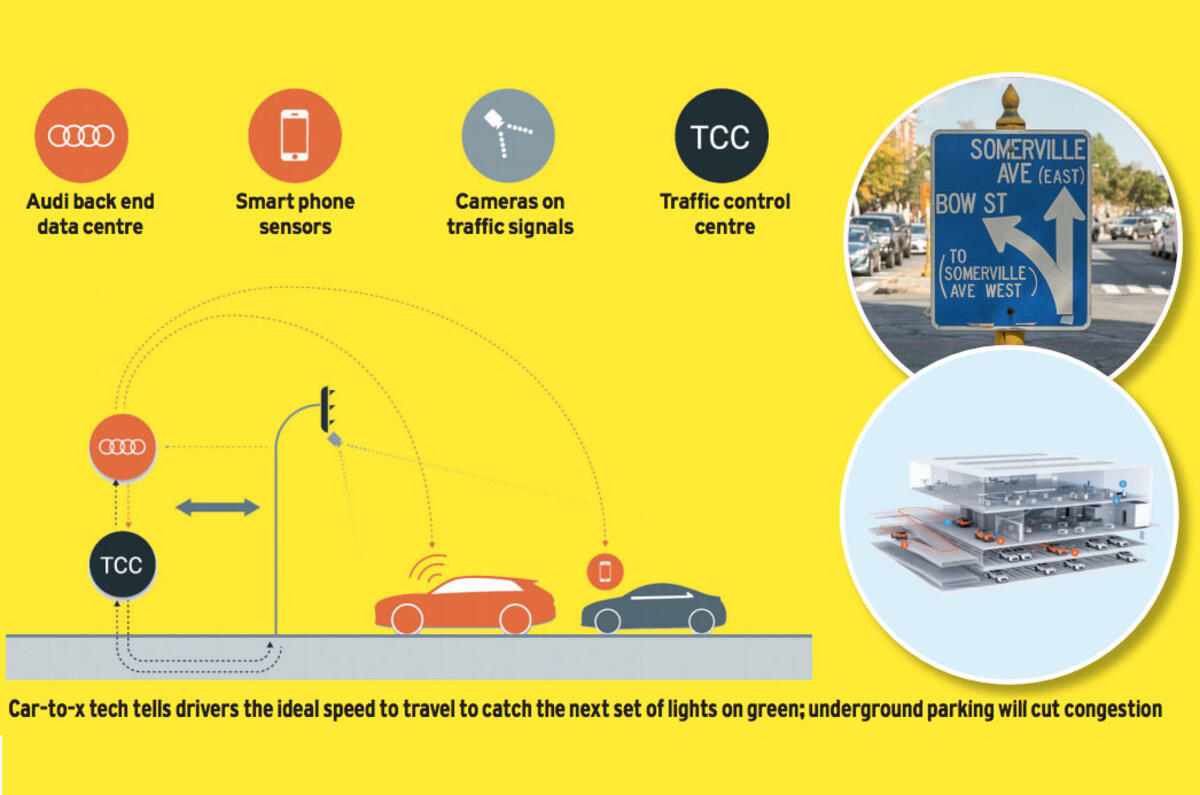
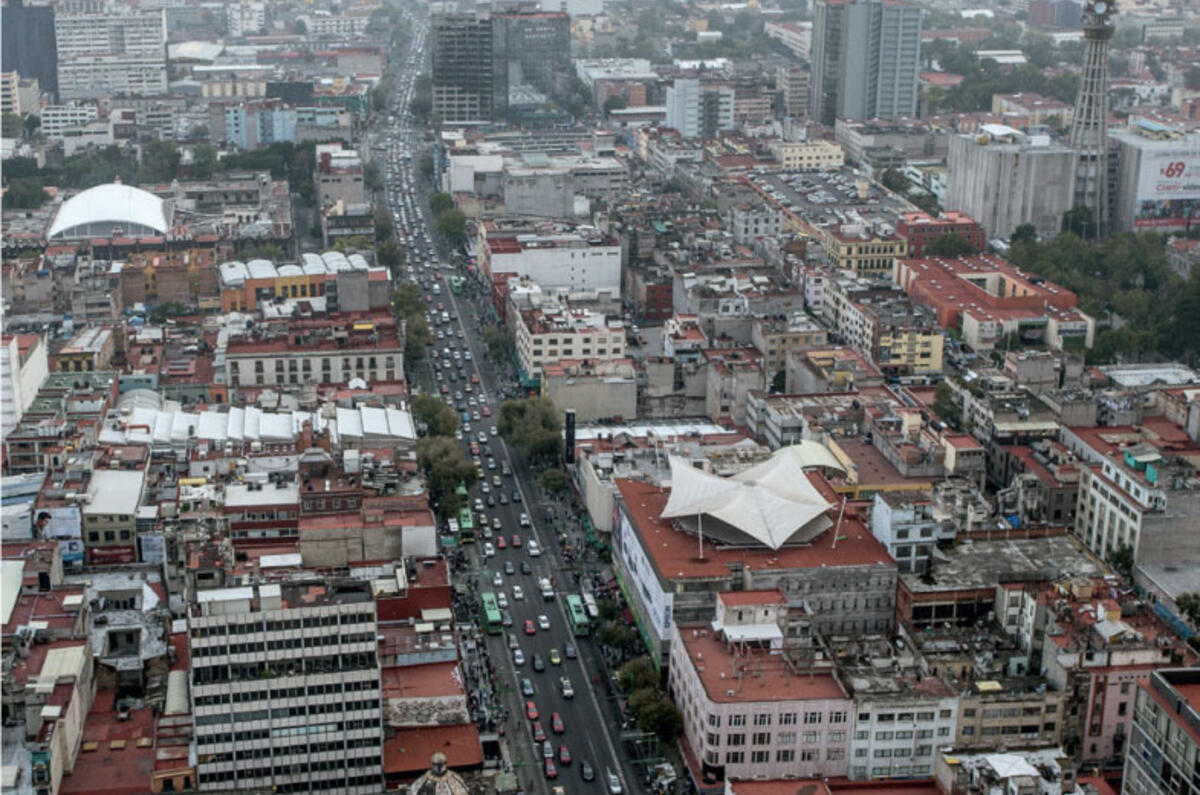
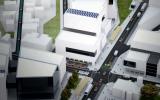
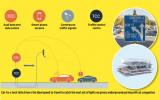
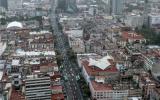


Join the debate
Add your comment
Bicycles and better buses
Shared vehicles in cities
If it is not under my control, and mine alone, I would never buy a car but just use public transport. That is the only reason for paying the extra cost of having a car.
Campervan wrote: We already
I would rather have my own car. Its frequently not nice cohabiting with other people. Tube / train crush at rush hour? Group of teens shouting on the top deck of the bus, blaring tunes from their mobile phones? Try zipcar, drive in someone elses filth and see if you want to be in control of your direction / motion or you want to be in control of your environment. I care less about direction, care a lot about controlling my immediate environment.
I thought cars would have to